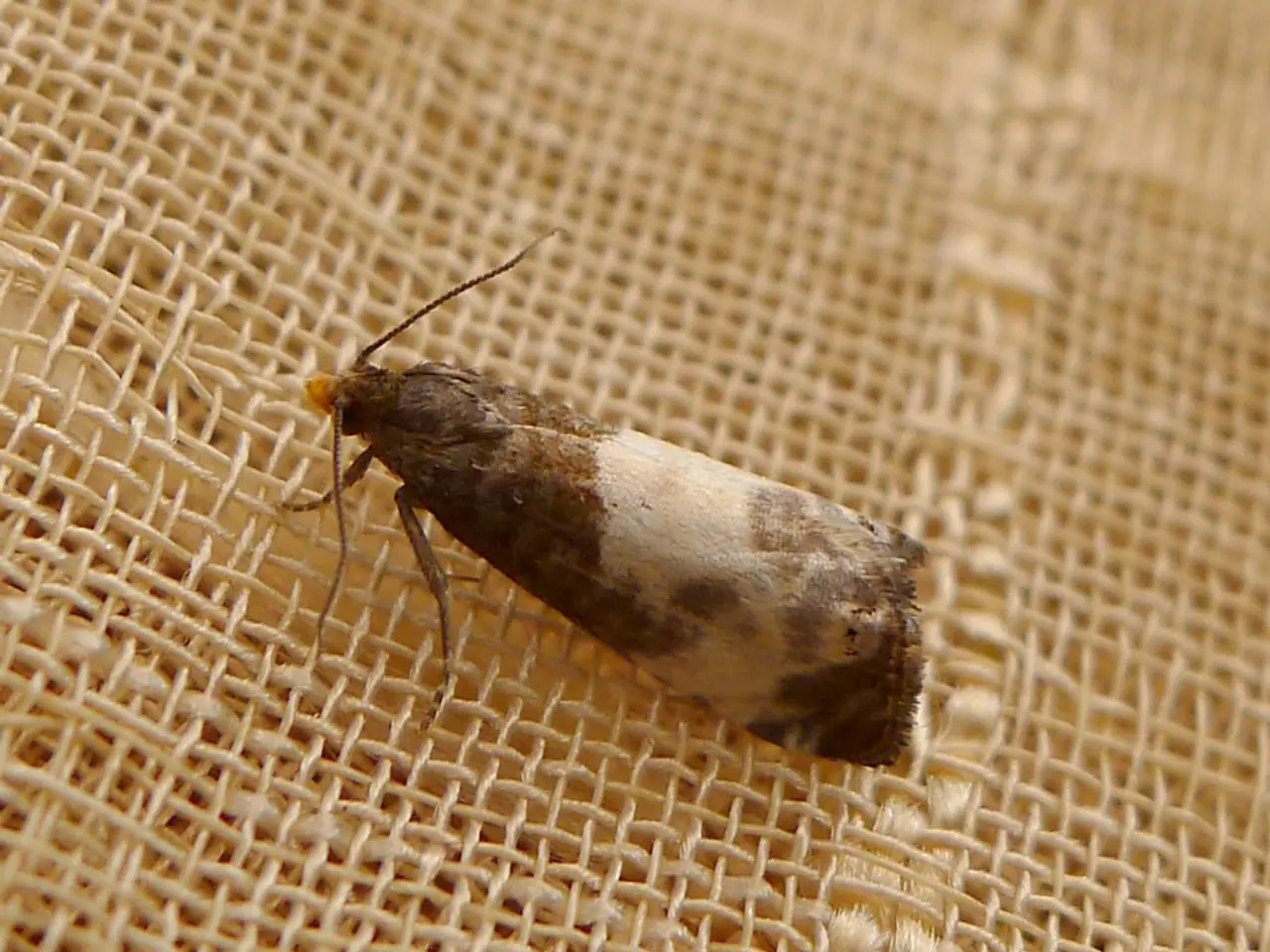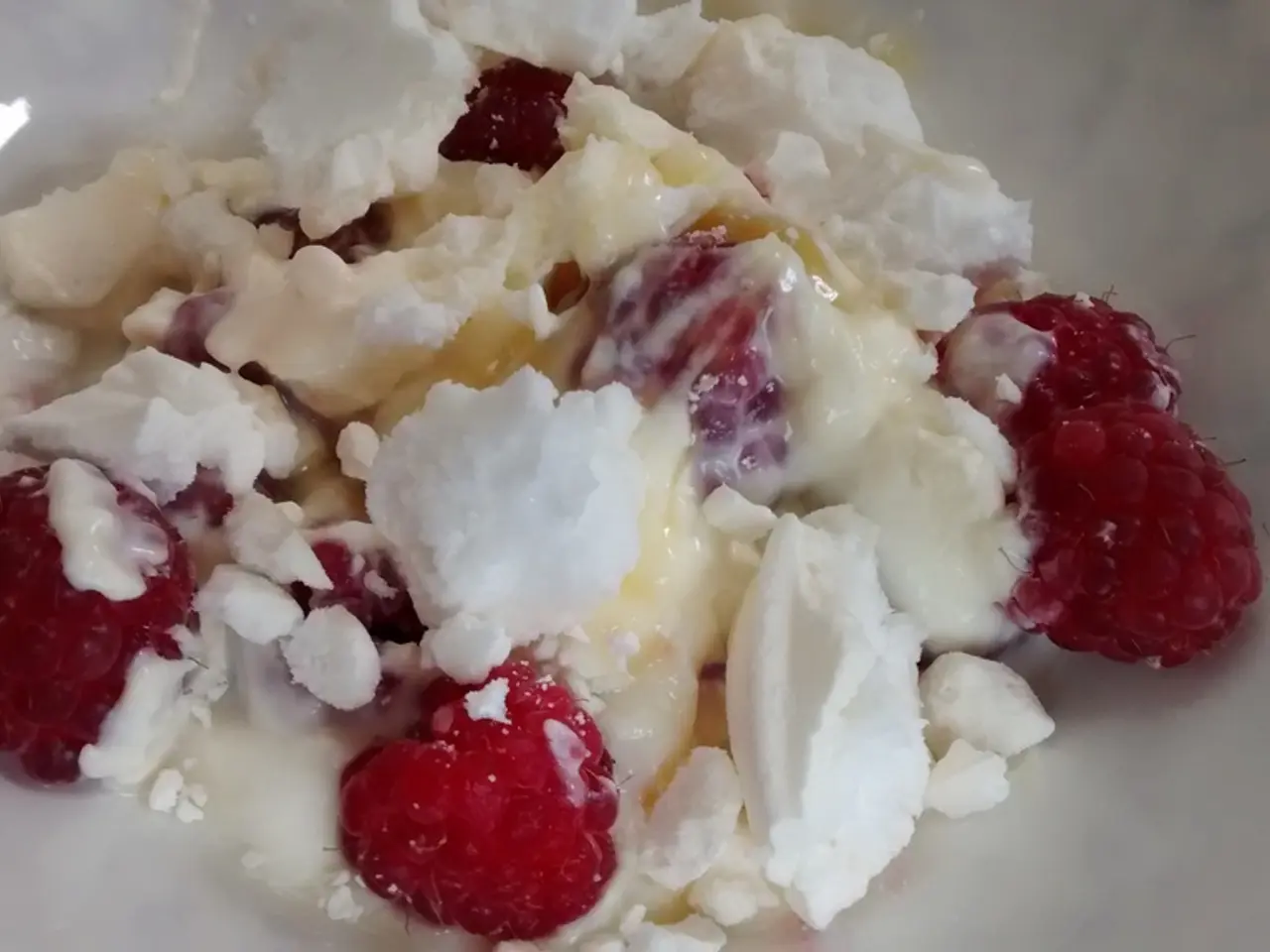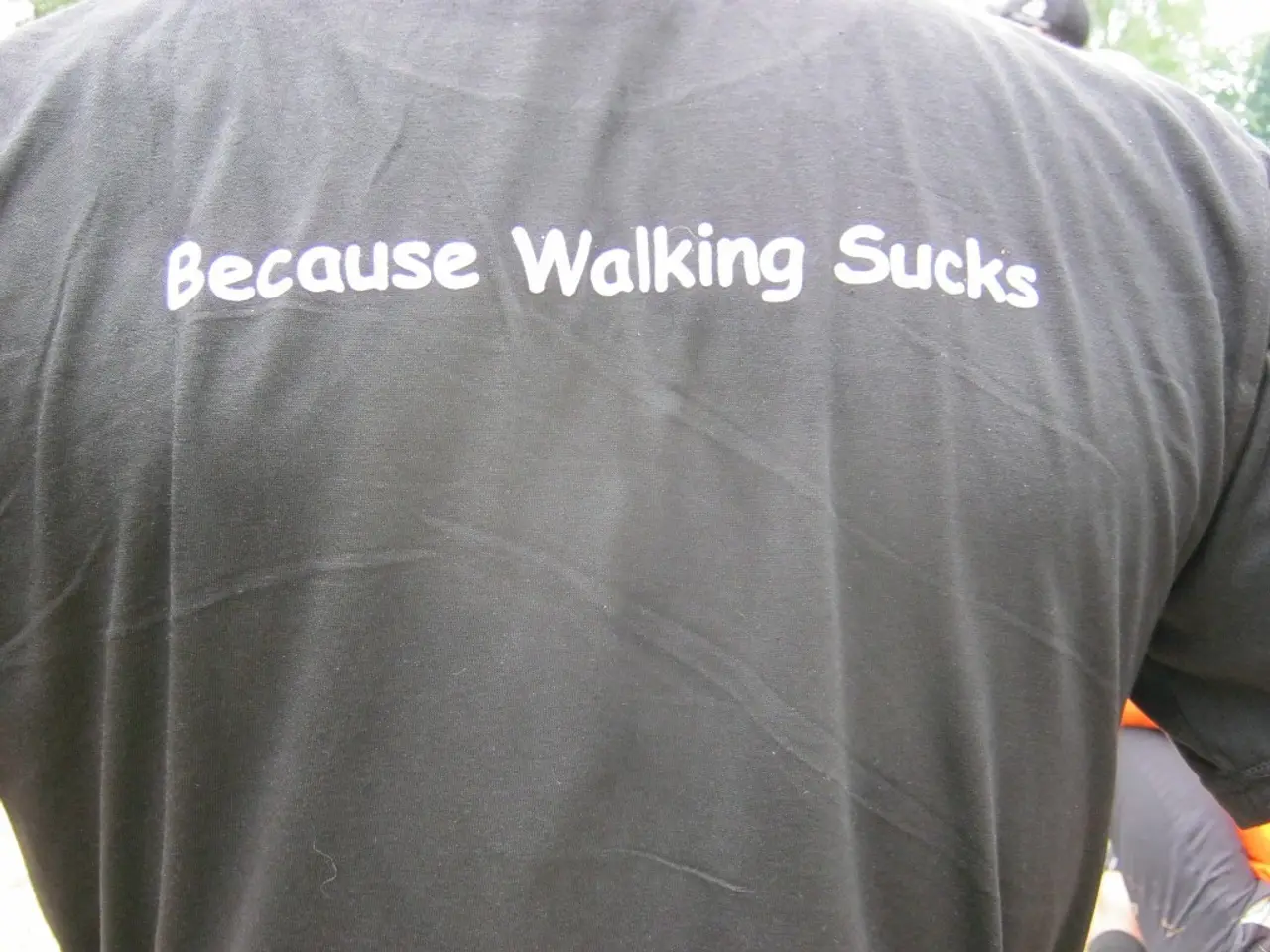Lice Infestations: Understanding Causes, Signs, and Remedies
Head lice infestations are a common issue among children aged 3 to 11 years in the United States. These tiny, wingless, parasitic insects live in human hair and can cause an itchy scalp. In this article, we explore natural home remedies for treating head lice and their eggs (nits).
Two key approaches to effective head lice treatment are mayonnaise mixtures and wet-combing. The mayonnaise mixture, made with full-fat mayonnaise, tea tree oil, and vinegar, suffocates lice and helps loosen nits from hair strands. This treatment is left on the scalp for about two hours before shampooing and combing out dead lice. Wet-combing, using a fine-toothed metal nit comb on wet, conditioned hair, is another natural method that physically removes lice and nits.
Essential oils such as tea tree oil, eucalyptus oil, and coconut oil have shown promise in head lice treatment. Tea tree oil, known for its antimicrobial, antifungal, anti-inflammatory, and insecticidal properties, can kill live lice and suffocate them, but may not be as effective against nits. Coconut oil works by suffocating lice, preventing them from breathing. Eucalyptus oil is also noted for its insect-repellent and suffocating properties.
However, it's important to note that essential oils must be diluted before use to prevent skin irritation or allergic reactions. They are not guaranteed to eliminate lice completely on their own and should be combined with mechanical removal methods like wet-combing. For persistent infestations, professional medical treatments are recommended.
Other treatments include Malathion lotion (0.5%), which is only available by prescription and eliminates louse eggs, and Benzyl alcohol lotion (5 percent), which kills head lice by asphyxiation but is not neurotoxic. Pyrethrin-based products do not have residual pediculicidal activity and only 70-80% of the eggs are killed, requiring a second treatment. Spinosad topical suspension (0.9 percent) causes lice to become paralyzed and then die. Ivermectin lotion (0.5 percent) is a one-time-use, topical treatment that is suitable for children aged 6 months and older.
Head lice are not a health hazard, a sign of poor hygiene, or a cause of disease. They are often found near the neckline at the back of the head and behind the ears. Female head lice are larger than males and can lay around 8 eggs each day. Adult head lice are about one-eighth of an inch long, the size of a sesame seed.
In summary, combining natural oils such as tea tree, eucalyptus, and coconut oil with mechanical removal through wet-combing and treatments like mayonnaise mixtures can be effective home remedies for head lice. However, these remedies provide temporary relief and are best used alongside conventional treatments if needed. It's crucial to remember that regular checks and timely treatment are key to preventing and managing head lice infestations.
- Some natural oils like tea tree oil, eucalyptus oil, and coconut oil, known for their insecticidal properties, can help suffocate and kill lice, but should be diluted carefully to avoid skin irritation or medical conditions.
- In the realm of medical-health and wellness, while essential oils may provide promising assistance in the treatment of head lice, professional treatment is recommended for persistent infestations, like those using Malathion lotion, Benzyl alcohol lotion, or Ivermectin lotion.
- For individuals pursuing a holistic health-and-wellness skin-care regimen, natural home remedies such as mayonnaise mixtures or wet-combing can serve as a temporary solution for blocked head lice infestations, emphasizing the importance of consistent checking and timely treatment.




